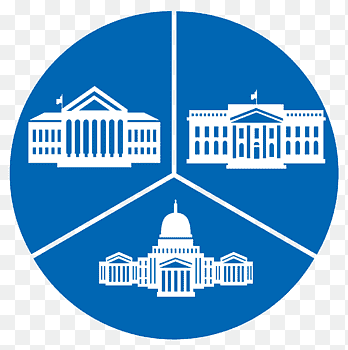The Vermont Government is the state government of Vermont, in the United States. It is composed of three branches: executive, legislative, and judicial.

The executive branch of the Vermont Government is headed by the Governor of Vermont. The governor is elected to a four-year term by popular vote and serves as Vermont’s chief executive. The current governor of Vermont is Phil Scott.
The Vermont Constitution establishes a bicameral legislature, known as the “General Assembly“, consisting of the Senate and the House of Representatives. Vermont is one of only two states (the other being Nebraska) that has a unicameral legislature; its 150 representatives are elected to two-year terms from single-member districts. Vermont’s senate seats are elected on a staggered basis so that only half of the 30 senators are up for reelection every two years; each senator serves a four-year term.
Vermont’s judicial branch is headed by the Supreme Court, which hears appeals from all lower Vermont courts. The Supreme Court is the court of last resort in the state. It hears appeals from the Superior Courts and District Courts, as well as cases involving the Vermont Constitution.
Vermont Government is responsible for the overall direction, coordination, and control of Vermont’s state executive branch. The Vermont Constitution vests this authority in the Governor. The Vermont General Assembly may enact statutes that define the powers and duties of state agencies and officers, but the Vermont Constitution limits the Legislature’s ability to delegate its lawmaking power to executive branch agencies.
Government of Vermont State
Official Name: Vermont
Governor: Phil Scott
Contact: Contact the governor
Main Address: 109 State Street, Pavilion
Montpelier, VT, 05609
Phone Number: 802 828-3333
TTY: 800-649-6825